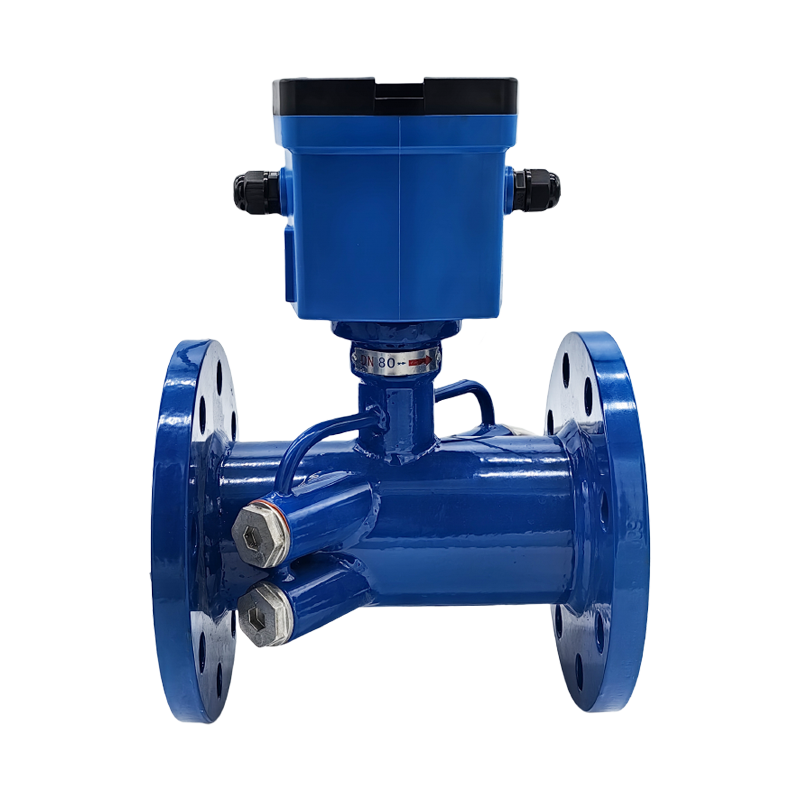Understanding Octave Ultrasonic Flow Meters: A Comprehensive Guide
May 08,2025

---
Octave ultrasonic flow meters are innovative instruments designed to measure the flow of liquids and gases with high accuracy and reliability. Utilizing ultrasonic technology, these meters operate by emitting sound waves at ultrasonic frequencies, which are then reflected back by the moving fluid. By analyzing the time it takes for the sound waves to travel to a receiver, the flow rate can be calculated with precision.
One of the primary advantages of octave ultrasonic flow meters is their non-invasive nature. Since they measure flow without any moving parts in contact with the fluid, there is minimal wear and tear, leading to reduced maintenance costs and prolonged instrument lifespan. This feature also eliminates the risk of contamination, making them ideal for various applications, including water treatment, chemical processing, and food and beverage industries.
In terms of accuracy, octave ultrasonic flow meters can achieve remarkable results. They are capable of measuring a wide range of flow rates, from low to high, ensuring versatility across different use cases. The advanced algorithms used in these meters allow for real-time adjustments and corrections, which enhance their performance even in challenging flow conditions.
Moreover, octave ultrasonic flow meters are suitable for both clean and dirty fluids, as they can handle particulates and bubbles without significant impact on their measurement capabilities. This flexibility makes them a preferred choice for industries that deal with various types of fluids, including those with varying viscosities and densities.
Installation is another area where octave ultrasonic flow meters shine. They can be easily integrated into existing piping systems, often requiring just a few simple steps. This ease of installation minimizes downtime during replacement or setup, making them a practical option for many businesses looking to enhance their flow measurement capabilities.
The benefits of using octave ultrasonic flow meters extend beyond their technical performance. They also contribute to increased efficiency and sustainability in operations. By providing accurate flow measurements, companies can optimize their processes, reduce waste, and improve resource management. This aligns with modern initiatives aimed at promoting environmental responsibility in industrial operations.
In conclusion, octave ultrasonic flow meters represent a significant advancement in flow measurement technology. Their precision, durability, and versatility make them an invaluable tool in various industries. As businesses continue to seek innovative solutions for effective liquid and gas measurement, octave ultrasonic flow meters will play a crucial role in driving efficiency and sustainability in the years to come. Whether you are considering upgrading your current flow measurement system or exploring new technologies, octave ultrasonic flow meters are worth investigating further.
Octave ultrasonic flow meters are innovative instruments designed to measure the flow of liquids and gases with high accuracy and reliability. Utilizing ultrasonic technology, these meters operate by emitting sound waves at ultrasonic frequencies, which are then reflected back by the moving fluid. By analyzing the time it takes for the sound waves to travel to a receiver, the flow rate can be calculated with precision.
One of the primary advantages of octave ultrasonic flow meters is their non-invasive nature. Since they measure flow without any moving parts in contact with the fluid, there is minimal wear and tear, leading to reduced maintenance costs and prolonged instrument lifespan. This feature also eliminates the risk of contamination, making them ideal for various applications, including water treatment, chemical processing, and food and beverage industries.
In terms of accuracy, octave ultrasonic flow meters can achieve remarkable results. They are capable of measuring a wide range of flow rates, from low to high, ensuring versatility across different use cases. The advanced algorithms used in these meters allow for real-time adjustments and corrections, which enhance their performance even in challenging flow conditions.
Moreover, octave ultrasonic flow meters are suitable for both clean and dirty fluids, as they can handle particulates and bubbles without significant impact on their measurement capabilities. This flexibility makes them a preferred choice for industries that deal with various types of fluids, including those with varying viscosities and densities.
Installation is another area where octave ultrasonic flow meters shine. They can be easily integrated into existing piping systems, often requiring just a few simple steps. This ease of installation minimizes downtime during replacement or setup, making them a practical option for many businesses looking to enhance their flow measurement capabilities.
The benefits of using octave ultrasonic flow meters extend beyond their technical performance. They also contribute to increased efficiency and sustainability in operations. By providing accurate flow measurements, companies can optimize their processes, reduce waste, and improve resource management. This aligns with modern initiatives aimed at promoting environmental responsibility in industrial operations.
In conclusion, octave ultrasonic flow meters represent a significant advancement in flow measurement technology. Their precision, durability, and versatility make them an invaluable tool in various industries. As businesses continue to seek innovative solutions for effective liquid and gas measurement, octave ultrasonic flow meters will play a crucial role in driving efficiency and sustainability in the years to come. Whether you are considering upgrading your current flow measurement system or exploring new technologies, octave ultrasonic flow meters are worth investigating further.
TAG:







